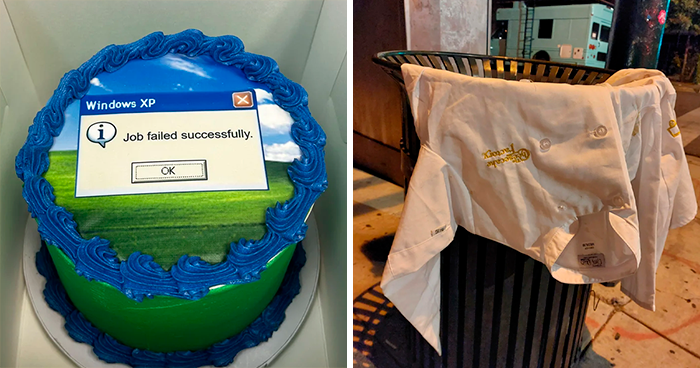
In 1 Average Human Life Span, How Many Species Are Declared Extinct? See Here.
In 1 average human life span, how many species are declared extinct? How many lives are officially put to a complete end during the the years another one thrives? There is no recorded number as thousands of species die each year without ever being identified. This project showcases 5 species that were declared extinct from 1989-2018. From sea to land, from air to ground. Species that have withstood years of evolution, but couldn’t withstand their biggest competition: humans.
Negative human impact heavily leads to the neglect of endangered species. Change the tide and contribute your positive human impact by donating to the world’s leading conservation organization, WWF. For 50 years, WWF has been actively protecting the future of nature and all the inhibits it.
Visit www.worldwildlife.org today!
More info: lunaapphotography.com
How many more?
The last male white rhino, Sudan, died in March 2018 at Kenya’s Ol Pejeta Conservancy. At age 45, Sudan was elderly and suffered from various age-related problems and infections. Now, the only white rhinos remaining are Sudan’s daughter and granddaughter. His extreme protection and care at the Kenya’s Ol Pejeta Conservancy was one of luck. Most rhinos are aggressively hunted for their horns and skin. In 2011, western black rhinoceros, which is the rarest of the black rhino subspecies, was declared extinct due to poaching. Tragically, horn trade continues to rapidly decline many rhino subspecies. In 2013, it was recorded that an average of 3 rhinos were illegally slaughtered every day in South Africa.
The golden toad was declared extinct in 1989. Its last appearance was in the Costa Rican cloud forest of Monteverde. The species’s disapperance was the first extinction to be blamed on human-made global warming. Human resource sadded carbon dioxide and other greenhouse gases into the atmosphere of their habitats, which made rainforests hotter and dryer. The change made the species vulnerable to chytridiomycosis, a fatal skin disease for the golden toad. A mix of disease, habitat loss, and declining population eventually lead to their extinction.
The dusky seaside sparrow stopped taking flight in 1987 when it was declared extinct. Commonly found on the east coast of Florida and Merritt Island, this species depended on moist cordgrass for nesting. Their downfall was due to losing that precious habitat. Very few attempts were made to successful preserve these small birds. Although the may have not been a significant size compared to humans, but their extinction leaves a significant mark on history.
In Maine, the last eastern puma was killed. The eastern puma has been declared extinct in 2018. Also known as mountain lions, they were killed throughout the 1700s and 1800s. Their most common deaths caused by humans were getting hit by cars or shot by hunters. Pumas were once the most widely distributed mammal in the Americas. There is some hope as subspecies of the puma survive, but even they are in small populations.
The Caribbean monk seal was a mark in history, but not for good. It was the first type of seal to go extinct from human causes. In 2008, the Caribbean monk seal was declared extinct. Kyle Baker, a biologist for NOAA’s Fisheries Service southeast region said, “Humans left the Caribbean monk seal population unattainable after overhunting them in the wild.”
135views
Share on FacebookDon't be sad, you can be the change the helps save more species :)
Load More Replies...Don't be sad, you can be the change the helps save more species :)
Load More Replies...
 Dark Mode
Dark Mode 

 No fees, cancel anytime
No fees, cancel anytime 































5
2